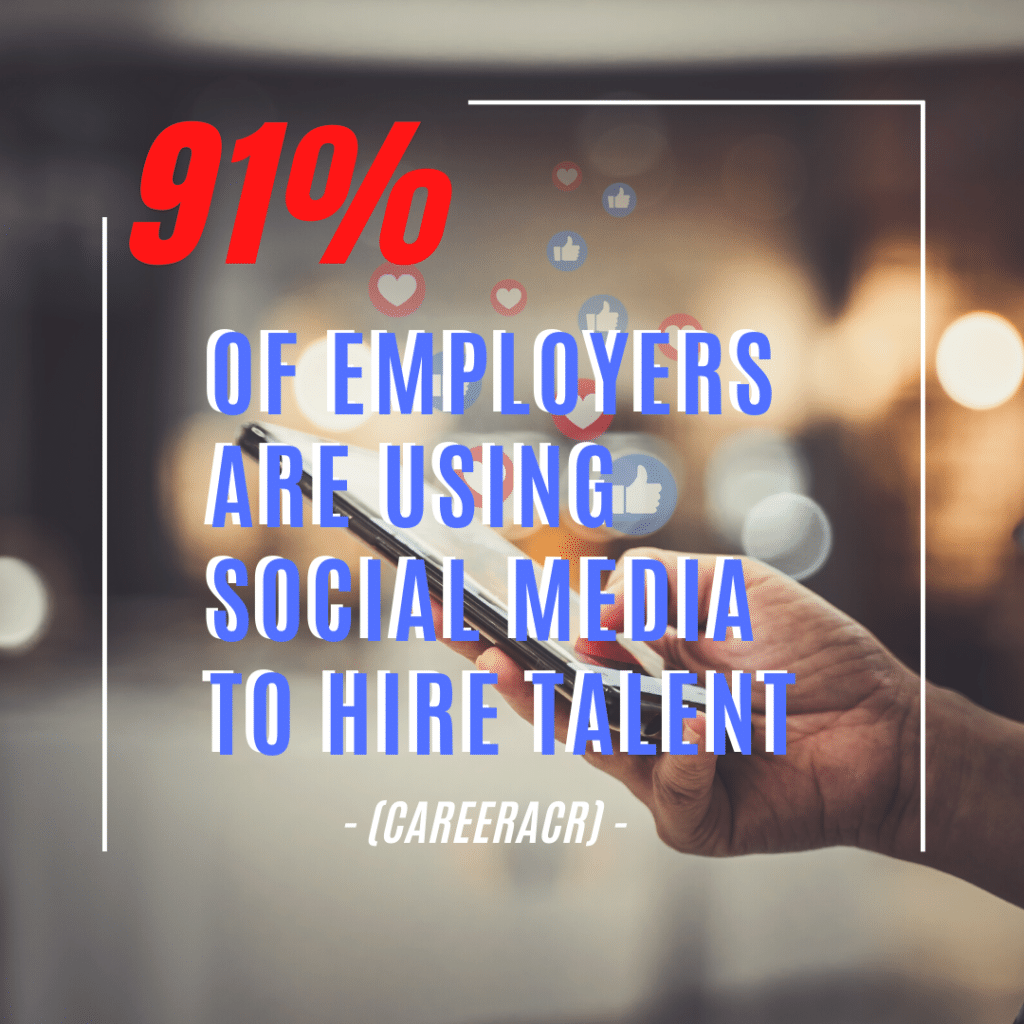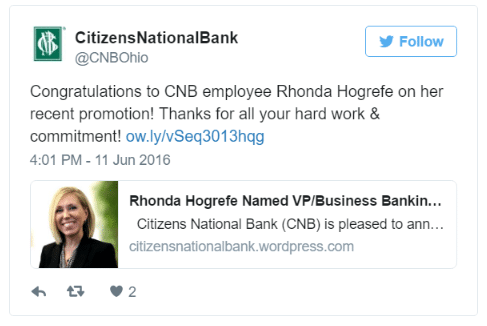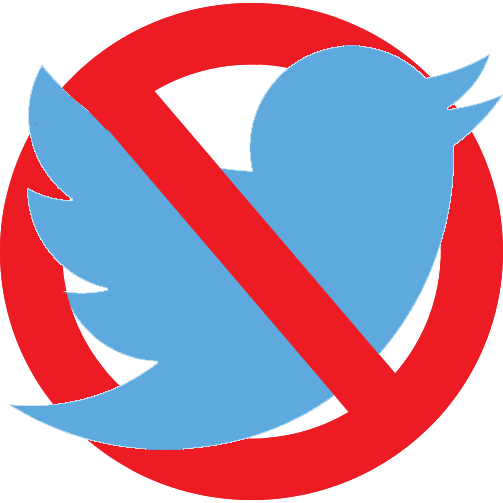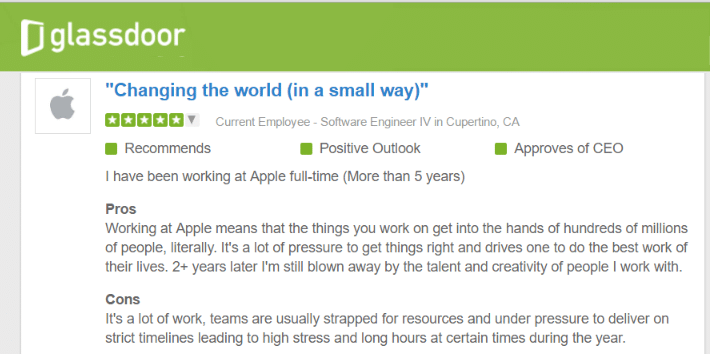In some form or another, almost everyone you know uses social media as a way to connect with others. In fact, there are 3.725 billion (and rising) active social media users. According to recent studies, people have an average of 8.5 social media accounts. Although many take advantage of the connections made through social platforms, most don’t think about leveraging those same connections to land their dream job.
Are you a job seeker? Take advantage of these 5 key tips to help maximize your online presence and stand out from other applicants.
1. Keep Your Profile Up to Date
After reviewing your resume, the first thing employers look at is how you present yourself online professionally. They want to ensure that their new hire is going to represent their brand in a positive light. Make sure your username includes your first and last name, and change any connected emails to one that you wouldn’t be embarrassed to send out. SportsMan82 may be fine to communicate with friends and family, but you want to make sure you are making the right impression from the start. Make sure your profile image and posts are professional. Delete any posts that feature alcohol, profanity, overtly political statements, and any other controversial topics. When searching for a job via social media, it’s imperative that your profile reflects who you are as an employee.
2. Share Your Online portfolio or CV Online
Online portfolios are a great way to showcase your skills and past work experience. Use your portfolio to share facts about yourself and display your achievements. Take your portfolio one step further and create a blog; write about relevant topics related to your industry and expertise. There are plenty of free websites and tools that can be utilized to create a portfolio or cover letter to feature on your profile. Personal branding is essential to set yourself apart from other candidates, so make sure all of your social media pages are consistent across all platforms. If the jobs you are looking for don’t need a CV or online portfolio, instead, use your profile to illustrate your personality and display work you are proud of. Don’t be afraid to let people know you are searching; include a short description of your qualifications in your bio so employers know that you are taking your job search seriously.
3. Follow Major Players in Your Field
When searching for a new role via social media, it’s essential to follow the companies you are interested in on social media. Currently, 91% of employers are using social media to hire talent and believe social media will become a more significant source of hire in the next 5 years. Aside from the traditional job search options like LinkedIn and Facebook, unconventional methods are just as effective at finding a job. Look on Instagram and Twitter for #hiring, and even check out the Reddit job page. Be sure to follow not only the companies you are applying for, but also any that you may garner connections from. Join public and private groups on social media to gain access to key industry players in your field.
4. Engage in Online Conversations
Tap into your connections to stay in touch with those who are working your desired role in similar industries. Make sure you are commenting, liking, and sharing relevant posts to show employers that you are up to date on industry trends. Oftentimes, hiring managers want to see that you are involved in current industry events and are keeping up with trends. Send personalized messages to your connections in an effort to find common ground and interests, one of those connections may just be someone who can help you get your foot in the door of your dream workplace. Help yourself appear in more search results by taking advantage of Search Engine Optimization tools; use hashtags, keywords, and tag your location
5. Don’t Over Interact
The last thing hiring managers want to worry about is being spammed by an applicant through social media. Although you should connect with people in the field you are searching in, make sure you are not overstepping your welcome by over liking and commenting on posts. Make your interest obvious, but do so in moderation to avoid seeming desperate for the role. Just think about how you would like to be interacted with if you were in their shoes. It’s important to respect their privacy when it comes to interacting online.

Since the development of modern technology, social media has proven to be a gamechanger in the job search process. The job prospects and learning opportunities on social media are endless; 94% of professional recruiters network on social media and use it to post jobs to an extensive community. Take your job search to the next level by taking advantage of the opportunities and connections social media has to offer.

 You can’t monitor everything (nor should you want to), but you can get an idea of your employees’ social media habits before and after you hire them. Trying to shut people down will only fan the flames.
You can’t monitor everything (nor should you want to), but you can get an idea of your employees’ social media habits before and after you hire them. Trying to shut people down will only fan the flames.
 LinkedIn is a treasure trove of information about a candidate’s professional life. Many professionals post blogs, articles, publications, past work, and professional updates on their pages. A vibrant LinkedIn page signals that a candidate has invested time in staying up-to-date with his or her industry and in networking with the professional community. The variety and breadth of material on a candidate’s page provides insight into their influencers and professional interests. The same principles apply to niche professional social networking sites similar to LinkedIn.
LinkedIn is a treasure trove of information about a candidate’s professional life. Many professionals post blogs, articles, publications, past work, and professional updates on their pages. A vibrant LinkedIn page signals that a candidate has invested time in staying up-to-date with his or her industry and in networking with the professional community. The variety and breadth of material on a candidate’s page provides insight into their influencers and professional interests. The same principles apply to niche professional social networking sites similar to LinkedIn.